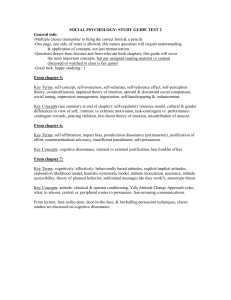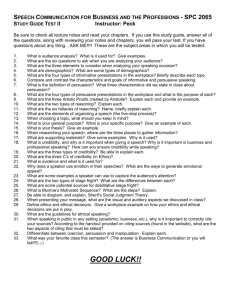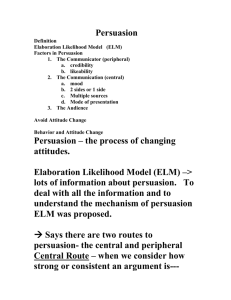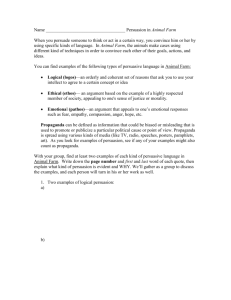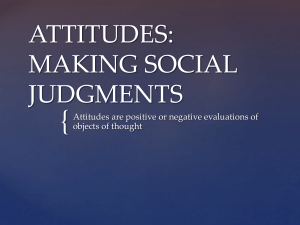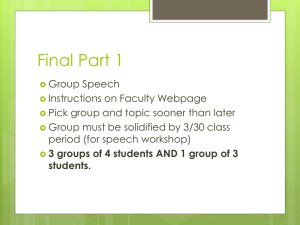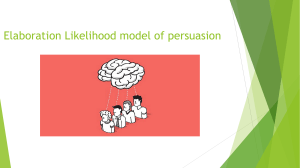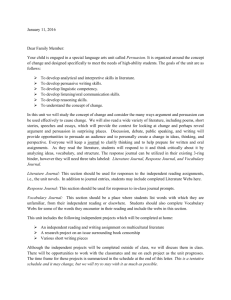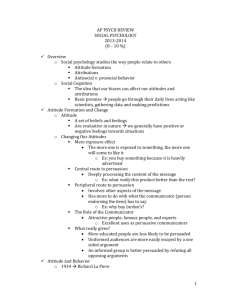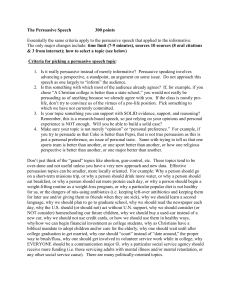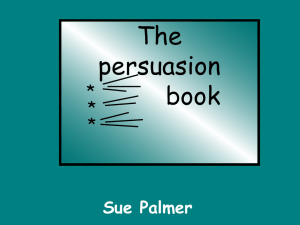Designing an advertisement for Tusculum College
advertisement
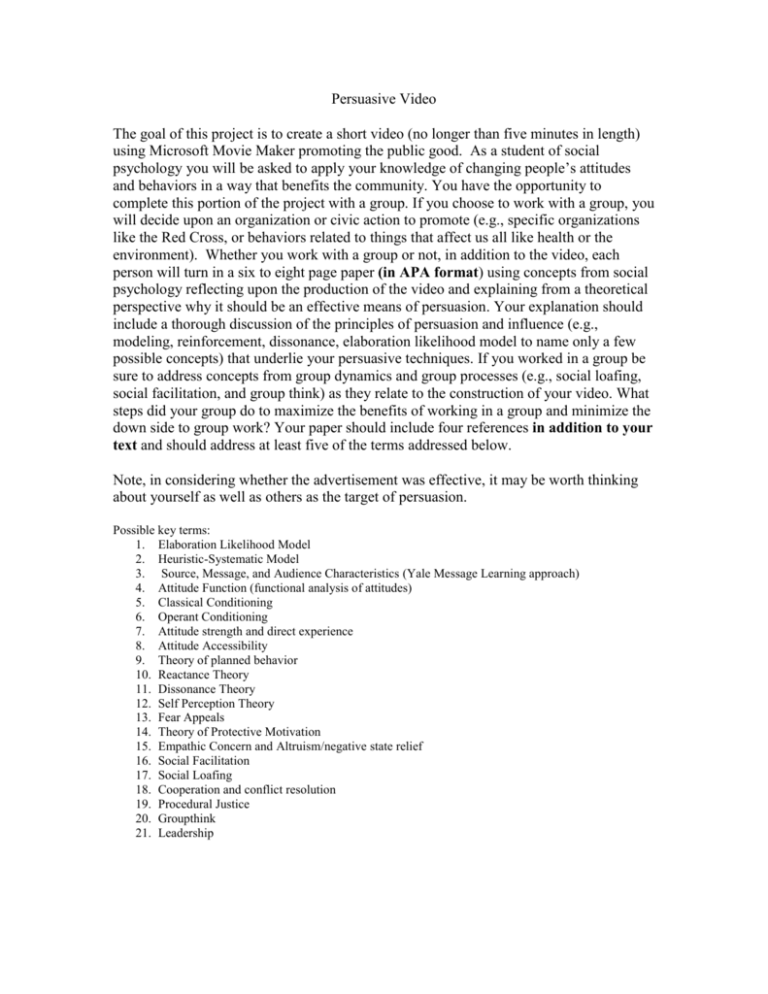
Persuasive Video The goal of this project is to create a short video (no longer than five minutes in length) using Microsoft Movie Maker promoting the public good. As a student of social psychology you will be asked to apply your knowledge of changing people’s attitudes and behaviors in a way that benefits the community. You have the opportunity to complete this portion of the project with a group. If you choose to work with a group, you will decide upon an organization or civic action to promote (e.g., specific organizations like the Red Cross, or behaviors related to things that affect us all like health or the environment). Whether you work with a group or not, in addition to the video, each person will turn in a six to eight page paper (in APA format) using concepts from social psychology reflecting upon the production of the video and explaining from a theoretical perspective why it should be an effective means of persuasion. Your explanation should include a thorough discussion of the principles of persuasion and influence (e.g., modeling, reinforcement, dissonance, elaboration likelihood model to name only a few possible concepts) that underlie your persuasive techniques. If you worked in a group be sure to address concepts from group dynamics and group processes (e.g., social loafing, social facilitation, and group think) as they relate to the construction of your video. What steps did your group do to maximize the benefits of working in a group and minimize the down side to group work? Your paper should include four references in addition to your text and should address at least five of the terms addressed below. Note, in considering whether the advertisement was effective, it may be worth thinking about yourself as well as others as the target of persuasion. Possible key terms: 1. Elaboration Likelihood Model 2. Heuristic-Systematic Model 3. Source, Message, and Audience Characteristics (Yale Message Learning approach) 4. Attitude Function (functional analysis of attitudes) 5. Classical Conditioning 6. Operant Conditioning 7. Attitude strength and direct experience 8. Attitude Accessibility 9. Theory of planned behavior 10. Reactance Theory 11. Dissonance Theory 12. Self Perception Theory 13. Fear Appeals 14. Theory of Protective Motivation 15. Empathic Concern and Altruism/negative state relief 16. Social Facilitation 17. Social Loafing 18. Cooperation and conflict resolution 19. Procedural Justice 20. Groupthink 21. Leadership Ethics of Social Responsibility Rubric Students will apply their skills and knowledge to engage in activities that benefit the community and promote social justice. Individual and Community 5. Displays ethical behavior in social settings and fosters interdependence of individuals and groups. 4. 3. Demonstrates basic understanding of ethical issues and understands that the personal and the social are interrelated. 2. 1. Fails to understand ethical issues or appreciate the interrelationship between the personal and social realms Civic Responsibility and Social Change 5. Shows understanding of complexity of social change and acts responsibly to help bring about change. 4. 3. Demonstrates some understanding of process of social change and occasionally acts on it. 2. 1. Fails to appreciate the complexity of social change; unwilling to engage in activities to promote the common good Diversity and the Common Good 5. Promotes the virtues of diversity and actively seeks the common good. 4. 3. Recognizes issues of diversity and cultural differences and sometimes takes them into consideration when taking action 2. 1. Generally indifferent to issues of diversity and uncommitted to the common good.
